Number 8 Worksheets: Tracing Number Eight. Preschool Worksheet. Black And White. 8813543
Worksheets shouldn’t feel dull. Visualize a classroom alive with energy or a calm desk where learners confidently engage with their projects. With a bit of creativity, worksheets can evolve from mundane exercises into engaging materials that inspire understanding. If you’re a teacher designing lesson plans, a home educator looking for variety, or even a person who enjoys teaching joy, these worksheet suggestions will light up your vision. Come on and dive into a realm of possibilities that mix education with enjoyment.
Number 8- Count And Trace Coloring Page Twisty Noodle, 46% OFF
 www.egerton.ac.keFree And Printable Number 8 Worksheets | 101 Activity
www.egerton.ac.keFree And Printable Number 8 Worksheets | 101 Activity
 101activity.comworksheet eight freebie teaching
101activity.comworksheet eight freebie teaching
Number 8 Worksheets Printable | Activity Shelter
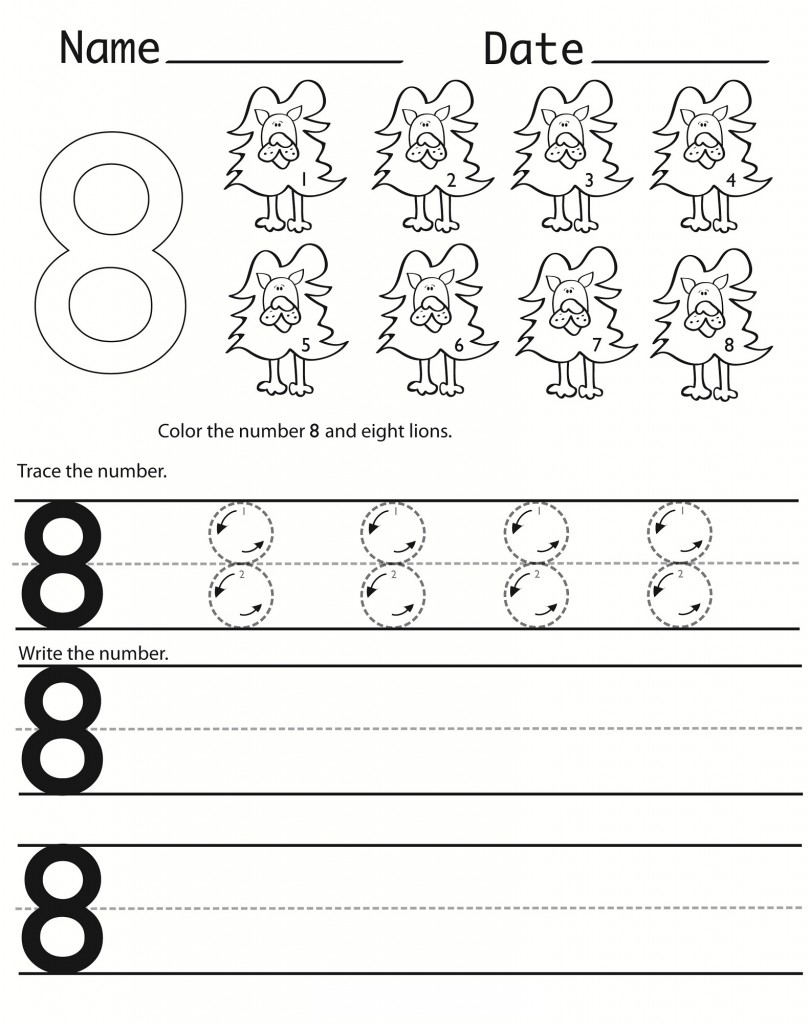 www.activityshelter.comnumbers handwriting activityshelter
www.activityshelter.comnumbers handwriting activityshelter
Free Printable Number 8 (Eight) Worksheets For Kids [PDFs] Brighterly
![Free Printable Number 8 (Eight) Worksheets for Kids [PDFs] Brighterly](https://brighterly.com/wp-content/uploads/2022/05/number-8-worksheets-images-1.jpg) brighterly.comTracing Number 8 Worksheet - Free Printable PDF Kindergarten
brighterly.comTracing Number 8 Worksheet - Free Printable PDF Kindergarten
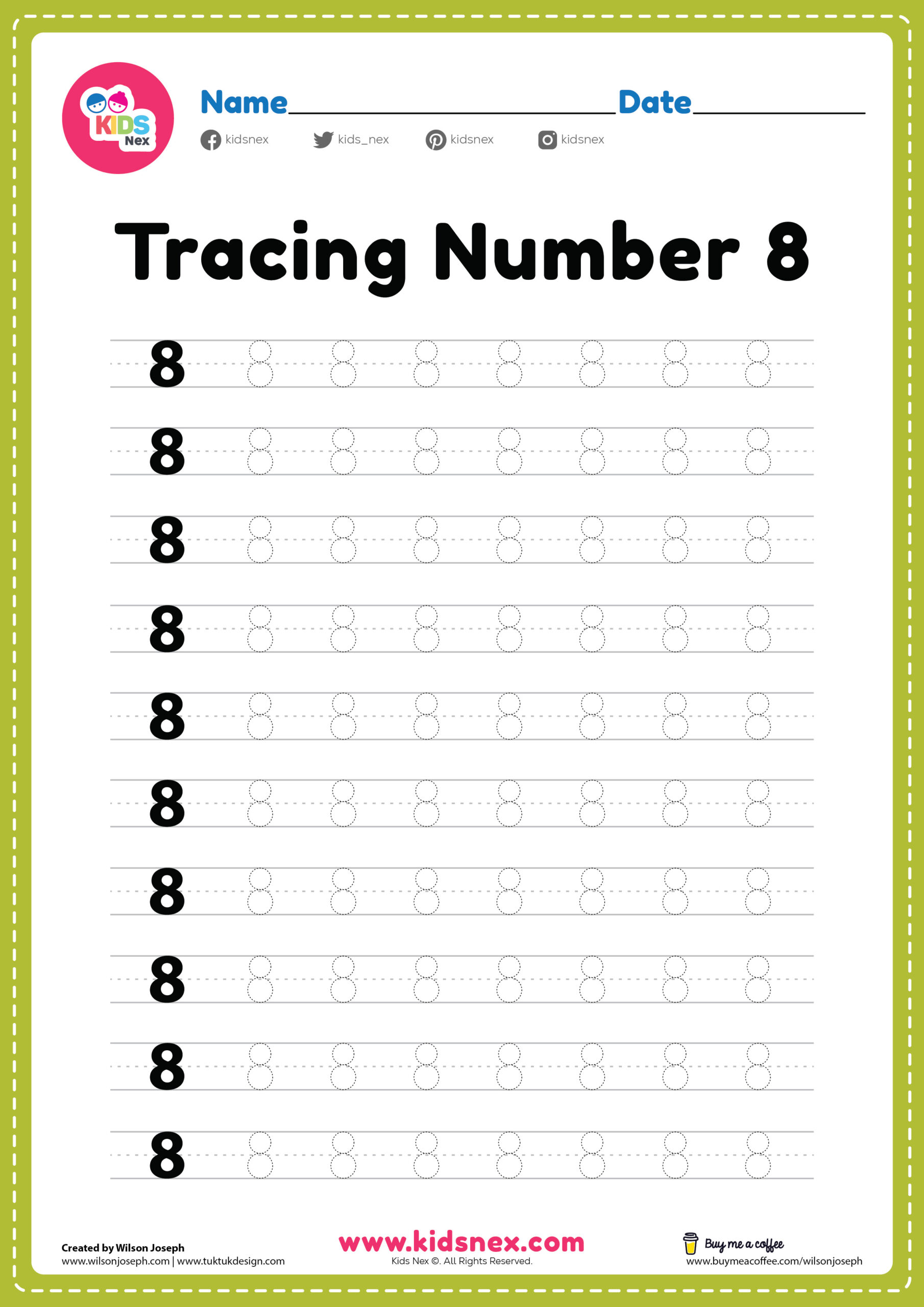 www.kidsnex.comtracing number worksheet kindergarten numbers preschool printable pdf practice kids activities math handwriting identify educational
www.kidsnex.comtracing number worksheet kindergarten numbers preschool printable pdf practice kids activities math handwriting identify educational
Tracing Number Eight. Preschool Worksheet. Black And White. 8813543
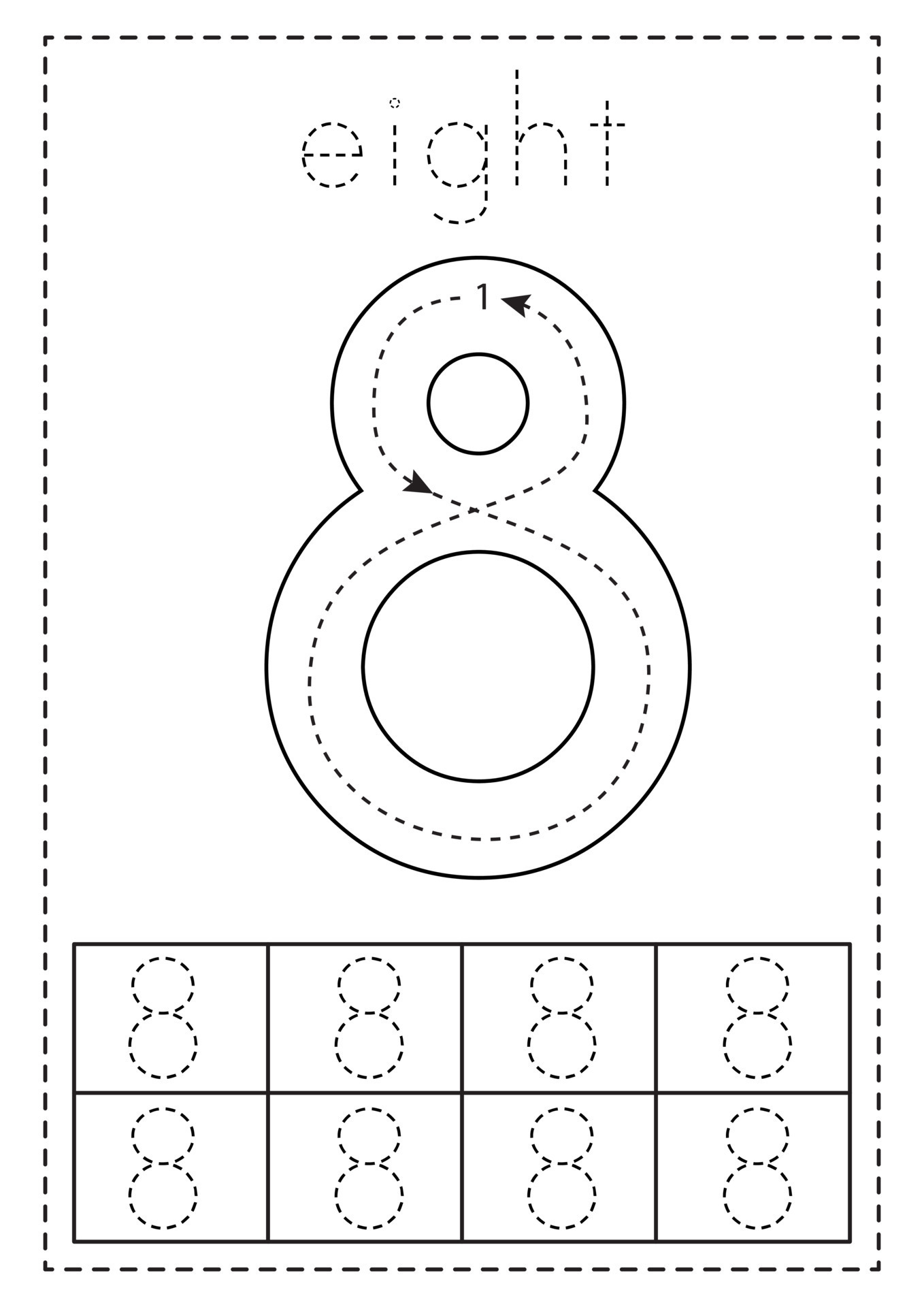 www.vecteezy.comFree Printable Number 8 Tracing
www.vecteezy.comFree Printable Number 8 Tracing
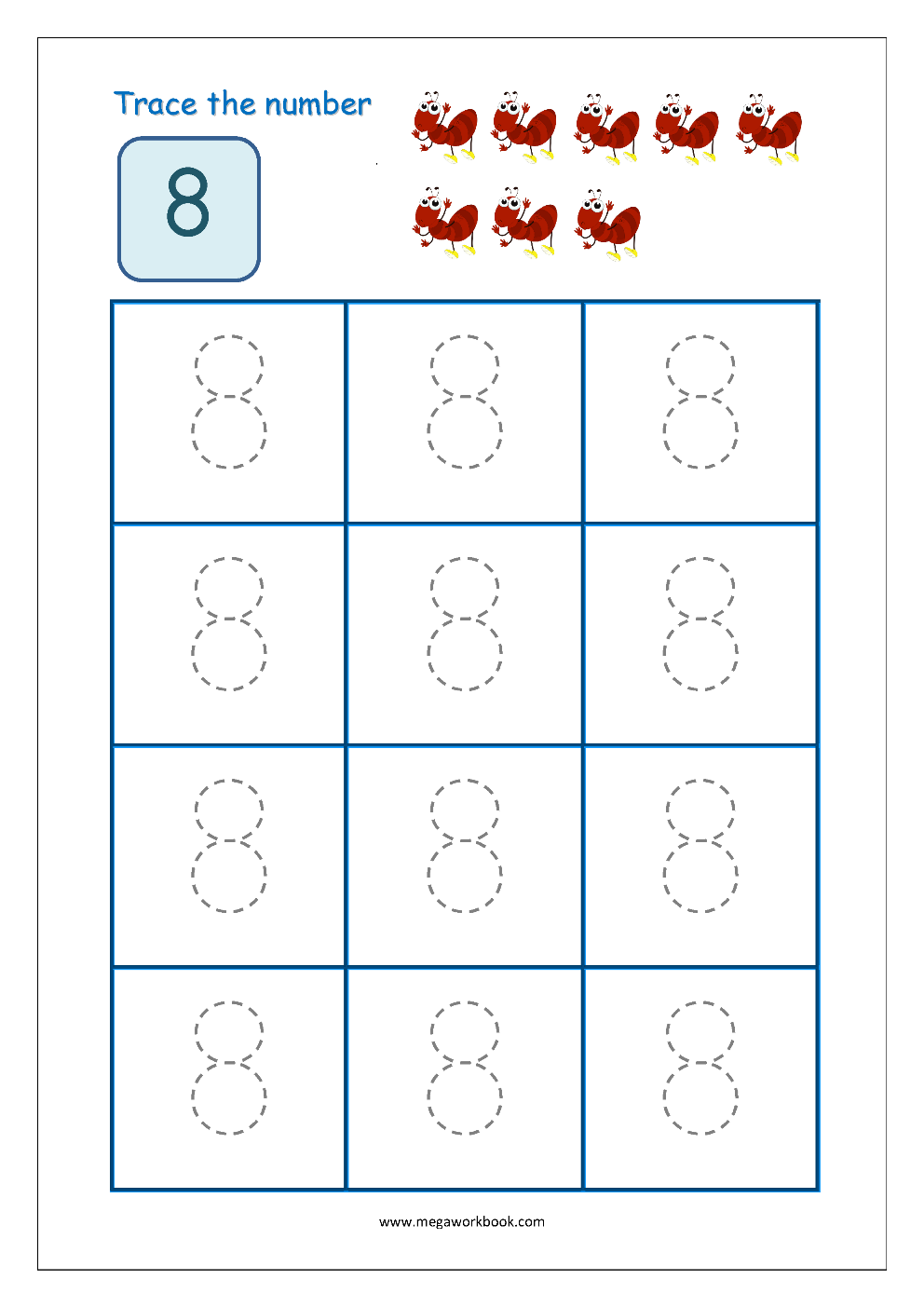 learningcampusimbue.z13.web.core.windows.netNumber 8 Review Worksheet | MyTeachingStation.com
learningcampusimbue.z13.web.core.windows.netNumber 8 Review Worksheet | MyTeachingStation.com
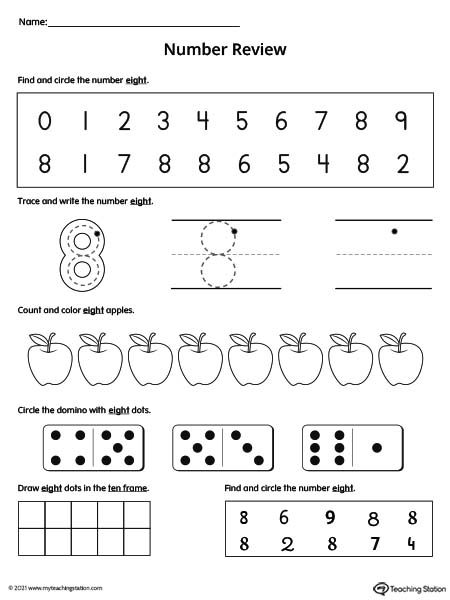 www.myteachingstation.comNumber 8 Tracing Worksheets - 15 FREE Pages | Printabulls - Worksheets
www.myteachingstation.comNumber 8 Tracing Worksheets - 15 FREE Pages | Printabulls - Worksheets
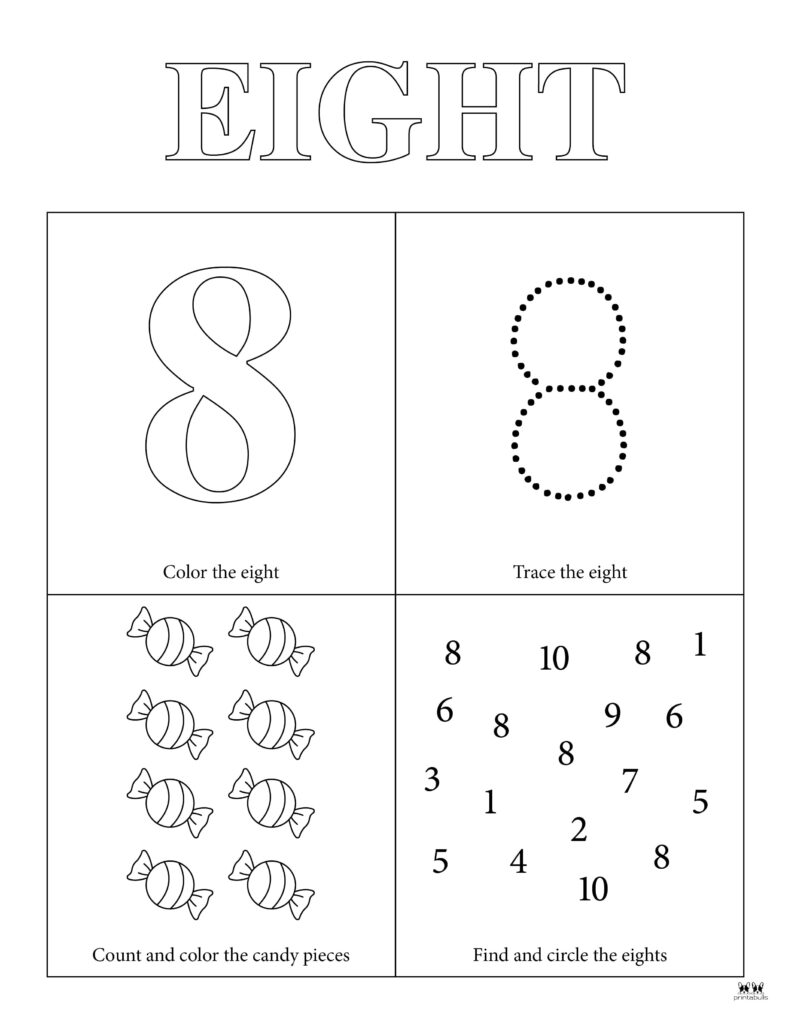 worksheets.clipart-library.comTracing The Number 8
worksheets.clipart-library.comTracing The Number 8
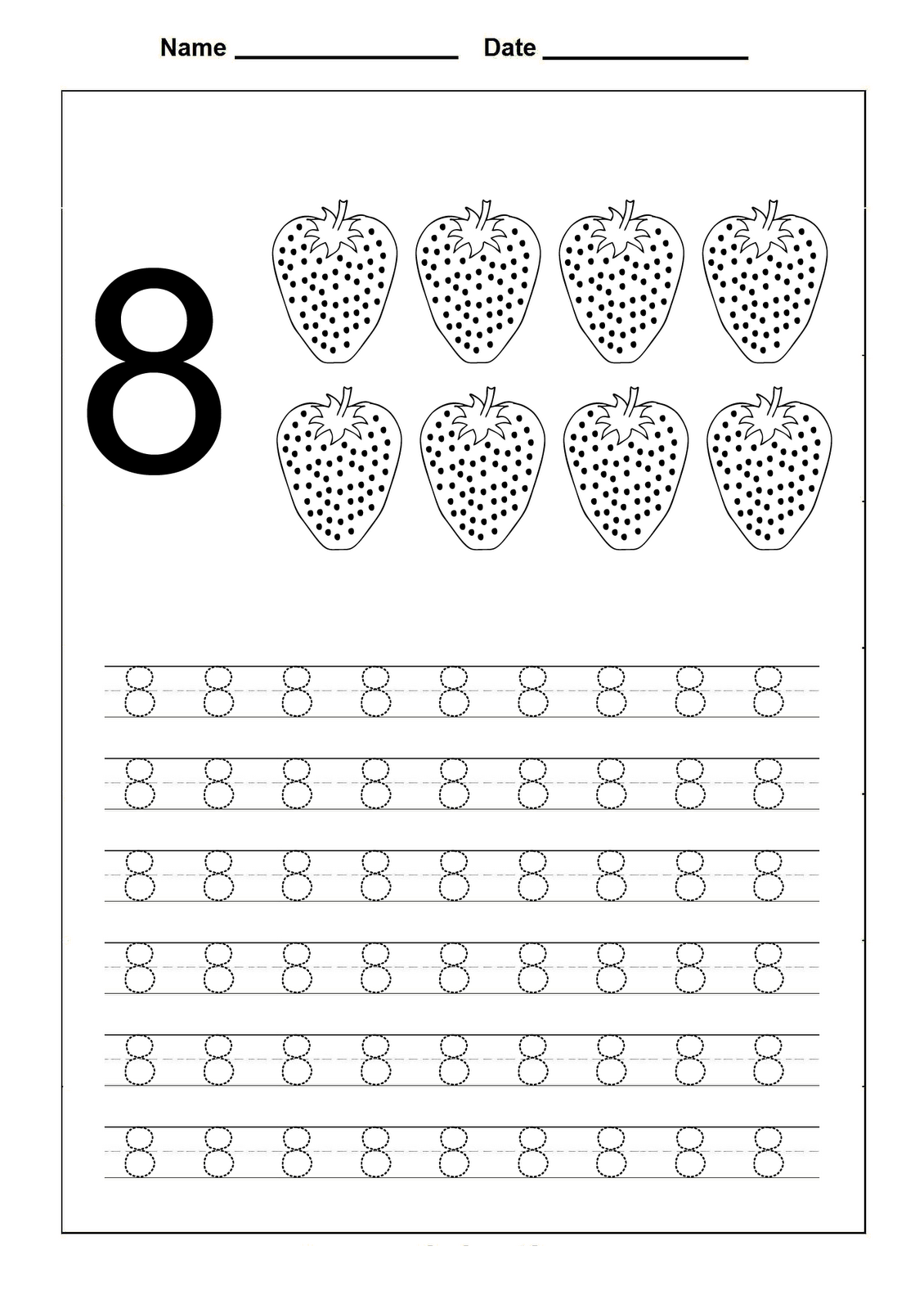 learningdbcobb.z21.web.core.windows.netWhat Makes Worksheets Count Worksheets are greater than only paper and pencil tasks. They reinforce lessons, support self guided problem solving, and give a concrete way to follow development. But check out the kicker: when they’re thoughtfully designed, they can even be fun. Did you imagined how a worksheet could serve as a activity? Or how it might encourage a kid to dive into a subject they’d otherwise overlook? The key sits in mixing it up and creativity, which we’ll dig into through realistic, fun tips.
learningdbcobb.z21.web.core.windows.netWhat Makes Worksheets Count Worksheets are greater than only paper and pencil tasks. They reinforce lessons, support self guided problem solving, and give a concrete way to follow development. But check out the kicker: when they’re thoughtfully designed, they can even be fun. Did you imagined how a worksheet could serve as a activity? Or how it might encourage a kid to dive into a subject they’d otherwise overlook? The key sits in mixing it up and creativity, which we’ll dig into through realistic, fun tips.
1. Creative Tales Through Word Gaps Rather than typical word fill exercises, test out a creative spin. Provide a quick, odd plot starter like, “The adventurer tripped onto a shimmering island where…” and insert openings for nouns. Learners fill them in, crafting wild stories. This isn’t simply word practice; it’s a fun enhancer. For younger students, add playful ideas, while mature kids might handle colorful terms or twist turns. What tale would you create with this setup?
2. Puzzle Filled Calculation Activities Calculations doesn’t need to seem like a task. Make worksheets where working through tasks discloses a riddle. Visualize this: a table with digits sprinkled across it, and each correct response displays a section of a secret image or a coded word. Alternatively, design a grid where clues are calculation problems. Simple sum facts could fit beginners, but for higher level kids, quadratic equations could spice it up. The active task of working grabs children engaged, and the prize? A vibe of victory!
3. Quest Version Research Switch study into an journey. Plan a worksheet that’s a quest, leading learners to locate details about, perhaps, beasts or past heroes. Add cues like “Spot a animal that rests” or “Name a ruler who reigned prior to 1800.” They can look through pages, the web, or even talk to parents. Since the challenge seems like a quest, interest soars. Join this with a follow up inquiry: “Which one fact amazed you biggest?” Suddenly, quiet work becomes an active discovery.
4. Art Pairs with Knowledge Who out there claims worksheets cannot be vibrant? Join art and study by including areas for sketches. In nature, kids could tag a plant cell and draw it. Event lovers could illustrate a scene from the Great Depression after completing questions. The process of drawing strengthens understanding, and it’s a pause from dense pages. For mix, ask them to doodle a thing wild tied to the topic. What sort would a plant piece look like if it threw a event?
5. Pretend Setups Grab dreams with imagination worksheets. Provide a setup—maybe “You’re a mayor setting up a town party”—and write challenges or steps. Students would work out a plan (math), create a talk (writing), or sketch the party (geography). Although it’s a worksheet, it feels like a game. Detailed setups can stretch older learners, while basic ideas, like organizing a animal event, work for small learners. This approach blends topics smoothly, teaching how knowledge connect in the real world.
6. Connect Language Games Language worksheets can glow with a link spin. Write vocab on one column and funny descriptions or samples on another column, but toss in a few red herrings. Students match them, laughing at wild mismatches before spotting the true ones. Alternatively, connect vocab with drawings or synonyms. Snappy lines ensure it crisp: “Pair ‘joyful’ to its explanation.” Then, a extended activity emerges: “Pen a statement with two connected phrases.” It’s playful yet educational.
7. Life Based Issues Shift worksheets into the present with practical tasks. Present a question like, “What method would you cut stuff in your house?” Students think, note suggestions, and detail one in specifics. Or test a money challenge: “You’ve have $50 for a bash—which things do you pick?” These exercises grow important ideas, and due to they’re familiar, children keep engaged. Reflect for a while: how many times do someone solve issues like these in your own time?
8. Group Pair Worksheets Group effort can boost a worksheet’s reach. Create one for cozy clusters, with every kid doing a section before linking responses. In a history session, one might jot times, someone else moments, and a third consequences—all connected to a sole topic. The team then shares and explains their creation. While individual input counts, the team goal builds unity. Calls like “We smashed it!” often pop up, demonstrating growth can be a shared effort.
9. Puzzle Cracking Sheets Use curiosity with mystery styled worksheets. Begin with a puzzle or clue—possibly “A creature dwells in oceans but breathes oxygen”—and provide tasks to pinpoint it down. Kids use smarts or digging to answer it, noting responses as they work. For reading, snippets with missing details fit too: “What soul stole the treasure?” The suspense keeps them interested, and the act improves smart abilities. What kind of mystery would someone enjoy to crack?
10. Review and Dream Setting Wrap up a section with a thoughtful worksheet. Tell learners to scribble in stuff they gained, which challenged them, and just one goal for the future. Basic cues like “I’m totally happy of…” or “Next, I’ll try…” work wonders. This is not marked for perfection; it’s about reflection. Link it with a creative spin: “Doodle a award for a thing you mastered.” It’s a peaceful, powerful approach to end up, mixing thought with a dash of joy.
Wrapping It All Up These tips prove worksheets don’t stay stuck in a rut. They can be riddles, stories, creative pieces, or class activities—what suits your learners. Kick off little: grab a single tip and change it to fit your topic or style. In no time long, you’ll hold a pile that’s as exciting as the kids trying it. So, what’s holding you? Snag a pencil, brainstorm your personal angle, and look at engagement fly. What single idea will you test to begin?
You might also like:
- Letter I Worksheets: Letter Worksheets Printable Mythreereaders Letters Songs Phonics Apr 1, 2024
- 4 Multiplication Worksheets: Free Multiplication Worksheet – 4s Jan 27, 2025
- 5th Math Worksheets: Multiplication Worksheets Math 5th Subtraction Dadsworksheets Timestablesworksheets Improve Dec 16, 2024